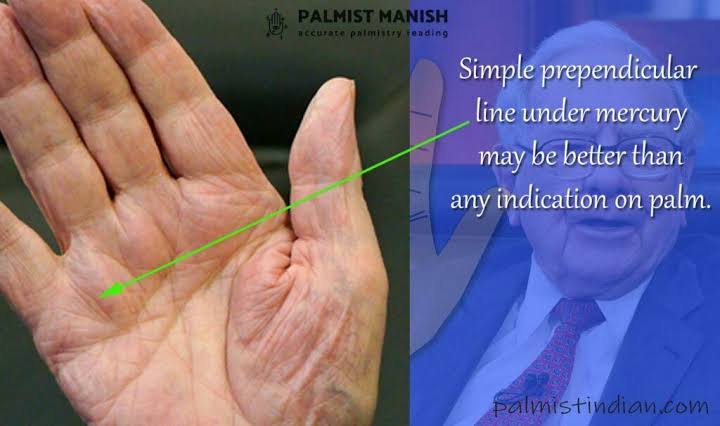
The Chiefs Discovered He is Into Drugs, and He is Not Dismissed
The headline, “The Chiefs discovered he is into drugs and he is not dismissed,” raises serious concerns regarding organizational accountability, leadership decisions, and the broader implications of drug use within a professional environment. When such revelations about an individual emerge, the natural expectation is that they would face immediate and decisive action. Dismissal from their position is often seen as a necessary step to maintain integrity, professionalism, and discipline. However, in this scenario, the failure to dismiss the individual despite the discovery of drug involvement suggests a deeper issue at play within the organization, whether it’s a lack of strict policies, personal biases, or a desire to protect valuable employees at the expense of ethical standards.
One possible reason behind the failure to dismiss the individual could be the value they bring to the organization. In many cases, high-performing individuals—whether athletes, executives, or other professionals—are afforded leniency due to their perceived value to the team or company. If the individual in question is seen as crucial to the organization’s success, whether through their talent, experience, or other factors, the decision-makers might choose to overlook or mitigate the drug-related transgression. In such cases, there might be an internal debate between upholding discipline and protecting the organization’s best interests, particularly if the individual’s behavior is seen as temporary or manageable.
Moreover, it’s important to consider the context in which the drug use was discovered. Is the individual involved in recreational drug use, or is it related to a medical condition requiring prescription medication? These nuances can significantly influence the response of the organization. For example, if the drug use is tied to a legitimate medical need, the chiefs might opt for counseling or treatment instead of a harsh penalty. The distinction between personal vice and medical necessity complicates the issue, as ethical decisions often hinge on the circumstances surrounding the behavior.
Additionally, the organization’s culture plays a crucial role in how drug use and similar offenses are handled. Some organizations have a zero-tolerance policy toward drug use, reflecting their commitment to upholding high standards of conduct. In contrast, others might prioritize rehabilitation over punitive actions. An organization that values second chances or operates within a more lenient framework may choose not to dismiss an individual for such an offense, especially if the person shows remorse and is willing to seek help.
The failure to dismiss the individual may also be indicative of systemic issues within the organization. It could suggest that the leadership lacks a consistent approach to enforcing rules and holding individuals accountable. In such cases, the organization’s policies may not be as clear-cut as they should be, or there might be a lack of follow-through when it comes to dealing with violations. This can create an environment where rules are selectively enforced, leading to a sense of unfairness among other members of the team or organization.
Ultimately, the decision to not dismiss the individual despite the drug-related discovery speaks volumes about the organization’s values and priorities. Whether driven by a desire to retain talent, a more compassionate view of personal issues, or a lack of clear policies, the decision underscores the complexity of leadership and the challenges faced by organizations in balancing ethical standards with practical considerations. However, it also raises broader questions about how we define accountability and what it means to lead by example, especially when it comes to sensitive issues like drug use in professional settings.








